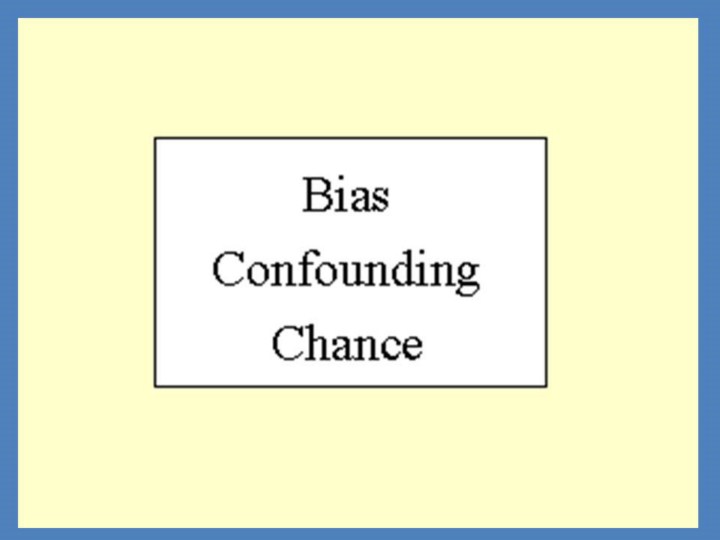| front |1 |2 |3 |4 |5 |6 |7 |8 |9 |10 |11 |12 |13 |14 |15 |16 |17 |18 |19 |20 |21 |review |
 |
A single case control or cohort study may have findings that do not stand up. This may the result of a bias or confounding or chance—the three concerns to be addressed when planning a study. Bias occurs when there is an error in how the study is conducted (there are plenty of ways this can occur including asking the wrong questions, asking the right questions in the wrong way, failing to get an appropriate control group, failing to achieve adequate follow up, etc.). Confounding is when there is a hidden factor which is the real problem rather than the one identified For example, a relationship between drinking alcohol and lung cancer can occur because alcohol and smoking often go together and smoking can cause lung cancer. In this case, smoking is the confounder. Chance can be because the sample is too small or because the population chosen for study is not typical. For example, it may be that the study was conducted on a group of people who were different in some way from people elsewhere. This means that the studies are called hypotheses-testing studies, not hypotheses proving. Other such studies on different groups of people, preferably using both case control and cohort methodologies, need to be done in the hope that the results of the first study will be confirmed.
|